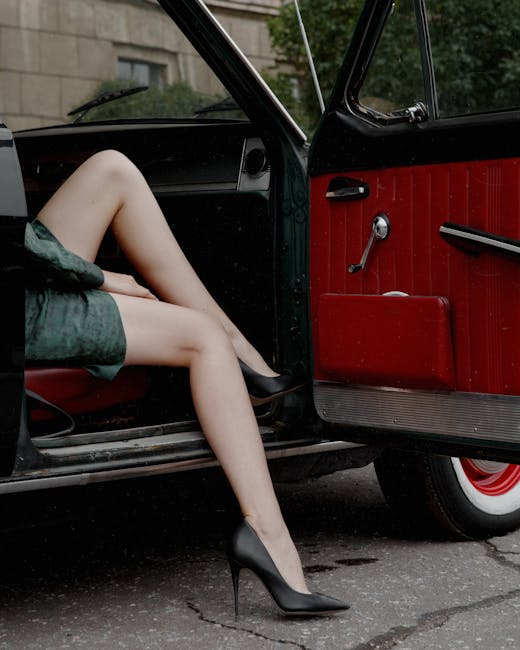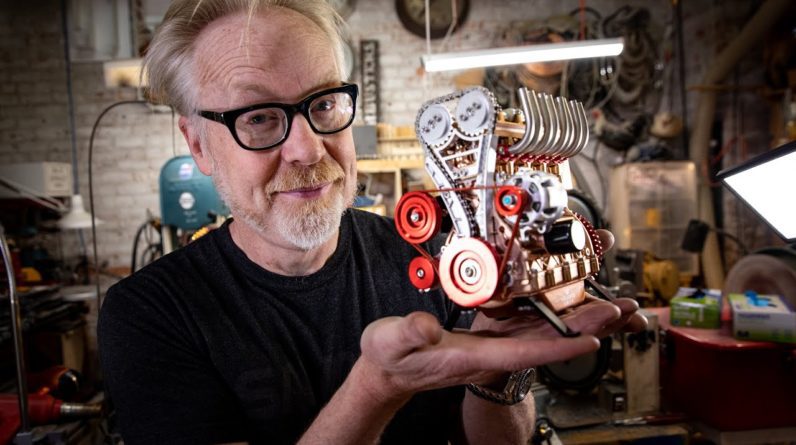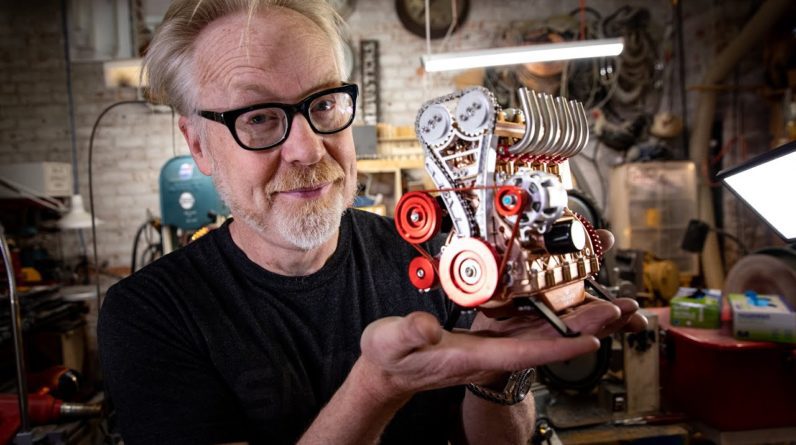Hello fellow modelers In this video I will be building the famous German V-2 rocket and a Hanomag SS100 with a Meillerwagen So we actually have 3 models in one video. And it pays off. This is a brand new kit from Takom. I'm really looking forward to it, because it's the very first 1:72 kit from this manufacturer. If you build 1:35 models, you know that the quality of parts and details is always excellent in their case. In the manual you will find several camouflage schemes for individual models. As you can see, there is a lot of plastic and tons of small parts in the box.
Also rubber tires and photo etchings. So let's start building. I cut the parts out of the frame with sharp one-sided cutters… and glue the parts with extra thin glue. I bought a new Mr. Cement SP Evaporates faster in air than Mr. Cement S… which can be useful when you need to glue small parts with a lot of detail. That's probably the only difference though. I have to remove the ejector holes and numbers with a micro drill and sanding head. Some parts are smaller than 1 mm and sometimes it is difficult not to lose them, so I recommend a lot of patience and working on an empty table. In this case, sharp tweezers are a must. And one more detail. To glue them, I use instant glue or Revell Contacta, which has a thicker consistency than Mr. Cement S. I am impressed with the amount of detail. Especially the photoetch ladder looks fantastic. I glue the metal to the plastic with Loctite SuperAttack. It may be a bit more expensive than ordinary instant glue, but it is also significantly stronger. I finally put all the pieces together. This is the result.
You can build the model in two variants – a rocket ready for launch or in a transport position. Now I have to prepare the model for painting. This means caulking all joints and removing all imperfections. I let the putty dry sufficiently for 5 hours. And then I can remove the excess sealant with a sanding sponge. First I will use a roughness of 500 and then 1000. Since I also covered the paneling lines with putty, I have to restore them with a razor saw. The line in the joint is quite difficult to cut, because you have to press the saw very carefully and watch the depth of the line. And I clean the surface again with 1000 grit sandpaper.
Then I remove the dust from the paneling lines with a spray gun and water. I also created some riveting just for fun. The result looks more interesting. Now I will unify the surface with a gray base. And finally coloring. I chose a typical German gray camouflage, which is easy to modulate. I start from the dark shade. In this case it is German Gray. I use Tamiya acrylic paints thinned with Laquer Thinner. Now I'm going to add some Royal Gray to the German Gray. I'm going to spray the highlights and details with this shade. I usually use 3-4 shades for the light spots, so I mixed a light grey-blue color. I recommend using only light gray, because those shades are not interesting. I am satisfied with the shading, so I can fix the result with clear lacquer. I mix the varnish with lacquer thinner 1:4, so it ends up looking like a semi-matte varnish. Then I use a synthetic black wash. It will emphasize the lines of the paneling and details. Now I remove the excess wash with a cotton swab and synthetic thinner.

This way, the wash will remain only between the paneling and around the details. For a change I decided to create heavy wear on the model. I only use oil paints and synthetic thinner. First I create some dirt around the edges and where it usually collects. The roof is a little too clean and monotonous, so I randomly place colored dots on it and then smear them with synthetic thinner. With this technique, you will create beautiful drips. As soon as the thinner evaporates, I apply another layer. I repeat the process until I am satisfied with the result. Now I'm going to create smudges from operating fluids AND again with just one product So with one oiler you can create shading, operating fluids, drips, oil stains and more.
You really don't need a separate product for each effect. Now I will paint a lot of small scratches with acrylic paints. I mix a dark rust from brown, black and red. Some scratches are very pronounced, so I will remove them with Revell Paint Remover. You have to be careful not to remove the paint down to the gray plastic. I apply dry pigments to the bottom of the model and fix them with a pigment fixer. I can achieve greater color contrast by using light gray oil paint. So… That would be the Hanomag S100.
Now I will do the same on the Meillerwagen Don't worry, it will be quick. And we go to the V-2 rocket. I chose an interesting camouflage, but unfortunately it can only be seen from one side in the manual. Fortunately, I found a complete diagram on Google – you can find the link in the caption of the video. I tried mixing a different wash for each of the colors but it didn't look good. Therefore, I completely washed the wash with a cotton swab and used the proven dark brown wash. The rocket still looks a bit dull, so I decided that since I already have a lot of wear on the tractor… I might as well add some dirt to the rocket as well. It will be an abandoned V-2 after the war. And that's all for today. I hope you enjoyed the video and now for a short continuation of the kit talk. I can say with certainty that this is not a kit for beginners… and sometimes it is difficult not to lose small parts. The manual is well done, but sometimes it's hard to tell where exactly some parts belong…
and I think it would be better with bigger drawings. In any case, I admire these detailed 1:72 scale models with lots of parts. If you liked the video, please subscribe to my channel. Thanks for watching and see you next time. Here is the completed model. Subtitles created by scobra1cz.






